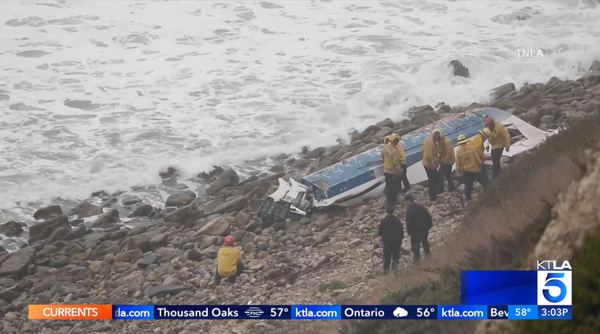
There’s a lost zombie wandering the Australian media landscape hungry for brains (or, at least, for “audience”) — the printed newspaper.
For more than two centuries it was the dominant journal of record, the setter of the news agenda, the Fourth Estate holding governments to account, embedded in Australian news-consumption habits. But then COVID turned print into a zombie. Suddenly, with the 2022 social media election, everyone’s noticed.
Australia’s news media leads the Anglosphere in the transition to digital-only distribution. Last month, news site Axios sent a shiver through US journalism when it predicted digital news advertising would outstrip print advertising in 2026. Welcome to Australia 2022. Big media’s digital news sites, such as such as news.com.au and Nine, already outpace their print siblings for advertising, largely off the back of their successful digital news products.
In the UK, the market-dominating voices are still the printed “red-tops” such as Murdoch’s The Sun or The Mirror, whose outgoing political editor Pippa Crerar has wielded good old tabloid journalism to do the most damage to Boris Johnson’s prime ministership (other than BoJo himself, of course).
In Australia, the print zombie is the media’s dirty secret — where it no longer matters “what the papers say” because they’re saying it to so few of us.
Take Australia’s once haughty establishment papers, The Sydney Morning Herald and The Age: extend the circulation trend line since they stopped reporting through the independent Audit Bureau of Circulation about five years ago, cross-check against reported print subs income in Nine’s annual report, and it looks like their Monday-to-Friday circulation is about 55,000 a day from Monday to Friday — maybe stretching up to 90,000 on the weekend. That’s about one-fifth of their daily circulation before the internet, and heading down.
Those newspapers once put Fairfax among the 50 largest companies listed on the ASX. “Rivers of gold,” Rupert Murdoch enviously called them. Now, based on Nine’s most recent half-yearly report to the Australian Securities Exchange, print publishing contributes less than 10% of the revenues of its television-focused parent.
Print circulation for News Corp mastheads is harder to read — they don’t break out print and digital revenues for Australia in their financial reports. They didn’t follow Fairfax/Nine in boosting cover prices to drive readers away until they stopped reporting ABC-audited circulation, which suggests the fall since then has been harder and faster.
A parsing of their quarterly reports to the US Securities and Exchange Commission suggests their daily print sales in Sydney and Melbourne may be about the same as the Nine mastheads.
So, why hasn’t Australian big media put the zombies out of their misery? Partly perception and the political clout it brings, partly reluctance to abandon a still valuable niche market.
Political perception lags the market. Canberra still thinks in 20th-century terms: that print is power. Old media traded on that perception in their hunt for a pay-off from Google and Meta (aka, the news media bargaining code). Good value, if you can get it: it’s boosted the profits (if not the journalism) of both News and Nine.
Will that monopoly clout carry over into the far more competitive digital-only news market? What happens to old brands once they’re digital-only?
Look at all those regional and suburban titles that News stopped printing in 2020, as COVID-19 impacted sales and advertising. Within a year they were gone digitally, too, only to linger deep within the company’s metropolitan digital tabloids.
Better, then, to keep printing — at least as long as it drags in enough dollars to pay for itself from those few advertisers who still want to reach their audience of over-65, self-funded retirees. Take a look at the ads in last Saturday’s papers: bowel cancer checks, Specsavers, managed pension funds, cruises — and the Ds left over from the once-essential births, deaths and marriages classifieds.
No wonder Clive Palmer picked print front pages to puff his United Australia Party (speaking of zombies) to his grumpy-old-men target market. Seems he picked up enough votes off the strategy to fluke a single senator.
Print ads are being squeezed. The audience is, literally, dying, replaced by younger-thinking over-65s who have long lost the print habit. Despite the post-COVID advertising boost, News Corp’s most recent quarterly investors report noted that Australian print advertising was down.
Seems those few advertisers who want to reach the over-65 market are discovering that boomers’ social media of choice — Facebook — does a better job.
Now, when the mastheads stop printing, who will be left to notice?







